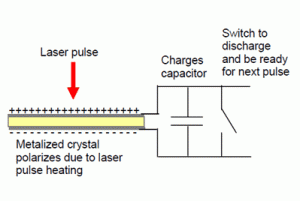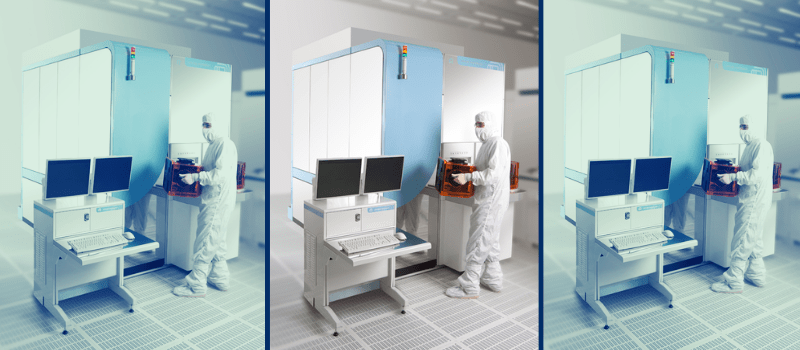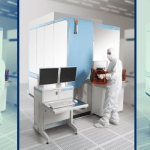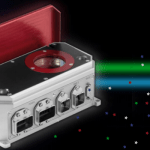The three basic laser measurement sensor technologies of laser power/energy measuring have not changed over the last 10 years.
They are:
1. Thermopile detectors – In this technology the laser hits the middle of the sensor disc. The periphery is cooled which causes the heat from the laser to disperse towards the cooled area. The thermocouples (see illustration) measure the heat being dispersed. Thermopile laser measurement is almost wavelength independent, durable and reliable but it doesn’t work with pulsed lasers or lasers with low power/energy.

2. Photodiode detectors – A photodiode converts light into either current or voltage. It uses a p-n junction. (A p-n junction is where the electric action of a device takes place. P-type and n-type semiconductors are put in very close proximity to each other in a single crystal of semiconductor). The photons (light particles) hitting the photodiodes create a wavelength response (see graph). Photodiode detectors are very sensitive, have a wide dynamic range and are very linear at low powers. Photodiode detectors are very wavelength dependent necessitating calibration over a complete range of wavelengths.
3. Pyroelectric detector – This detector has a crystal that polarizes when heated. A pulse of light hits the absorbing surface. The charge from the polarized crystal is collected onto a capacitor and when the pulse is over, the voltage on the capacitor is read and the capacitor is electronically discharged for the next laser pulse. Pyroelectric detectors are best for pulsed lasers and can measure up to thousands of pulses per second.

Although the same basic technologies are still used today, because there are so many new kinds of lasers, a wider range of measuring options are necessary not to mention that for a lot of laser applications, the measurement needs to be extremely precise. Although all meters still use one of the above three technologies, they have been developed regarding accuracy, sensitivity, range of power/energy measured and many other factors.
You can read more about this in Dr. Ephraim Greenfield’s article, “Laser Power/Energy Measurement Today.”
You might also like to read: Prevent a Mess: use Accurate Laser Measurement Equipment to Monitor the Power Output of your laser
Please feel free to comment and add things you have on your list
Share this:













Leave a Reply
Your email address will not be published. Required fields are marked *